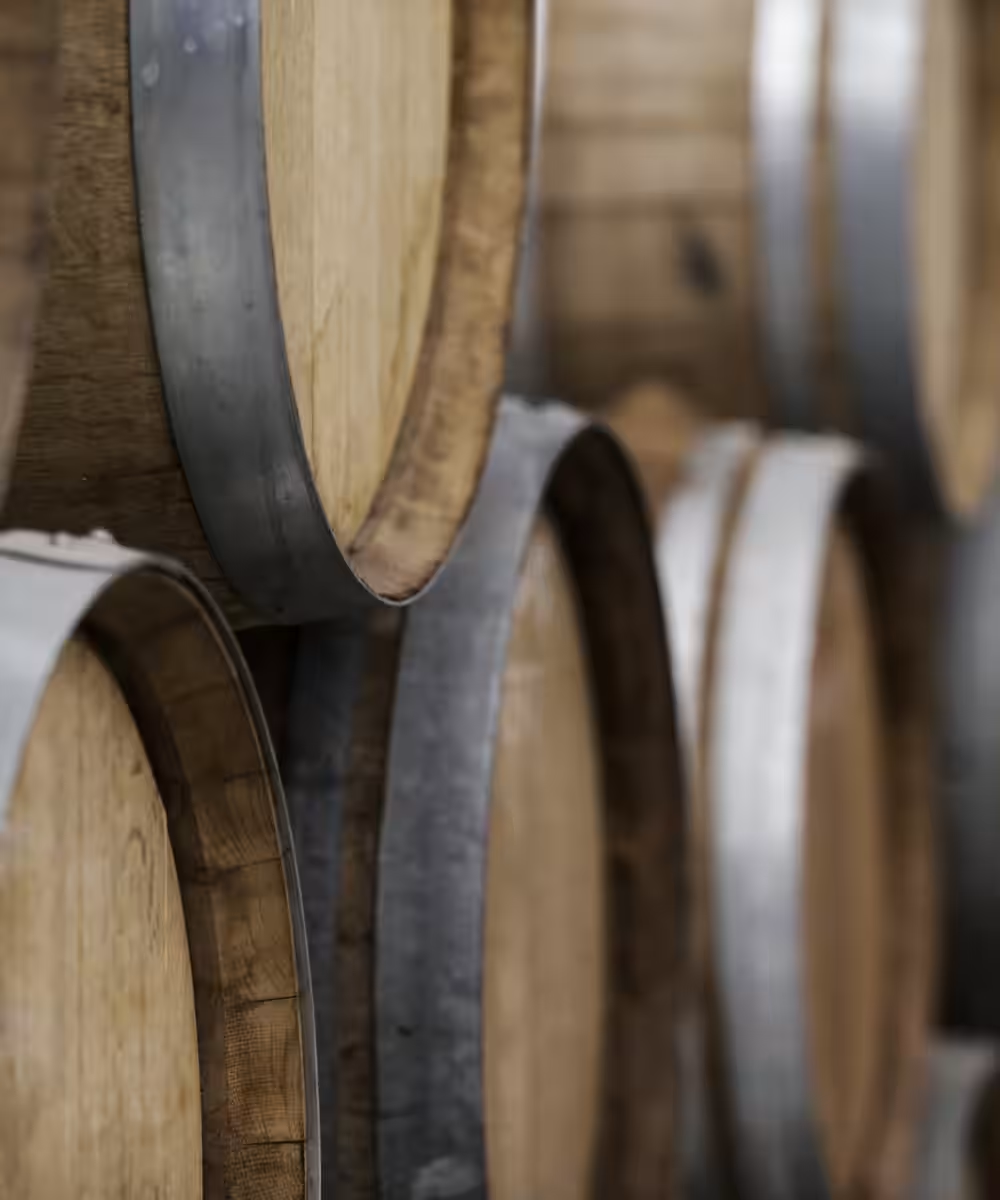WHISKY KNOWLEDGE
In its broadest definition, ‘whisky’ is a drink distilled from the fermentation of malt – which is barley or rye that has germinated before drying. But what truly goes into creating the whiskies you know and love? It depends on four major factors, which create the different variations of whisky: the grain used, the production process, where the whisky was made and how long it was matured for. In Scotland, Canada, Japan and other parts of the world, whisky is spelled without the ‘E’, while in the U.S. and Ireland it is more commonly spelled with the ‘E’.
History of Whisky
Traditionally, the custom of making a distilled beverage from grain was limited to those of Gaelic ancestry – first the Irish in the 13th century, followed by the Scottish in the 15th century. But when Irish and Scottish settlers came to North America, they brought along their rich distilling traditions and adapted their recipes to the crops and conditions of the New World.
Using corn and rye, American distillers in the 18th century created the world’s third whisky: bourbon. But when the United States broke ties with Britain in 1776, many loyalists fled to Canada – becoming gristmill operators and bring their unique distilling customs to the north.
These American influences, combined with those of Irish and Scottish settlers who came directly to Canada, resulted in the development of the world’s fourth great whisky: Canadian whisky.
